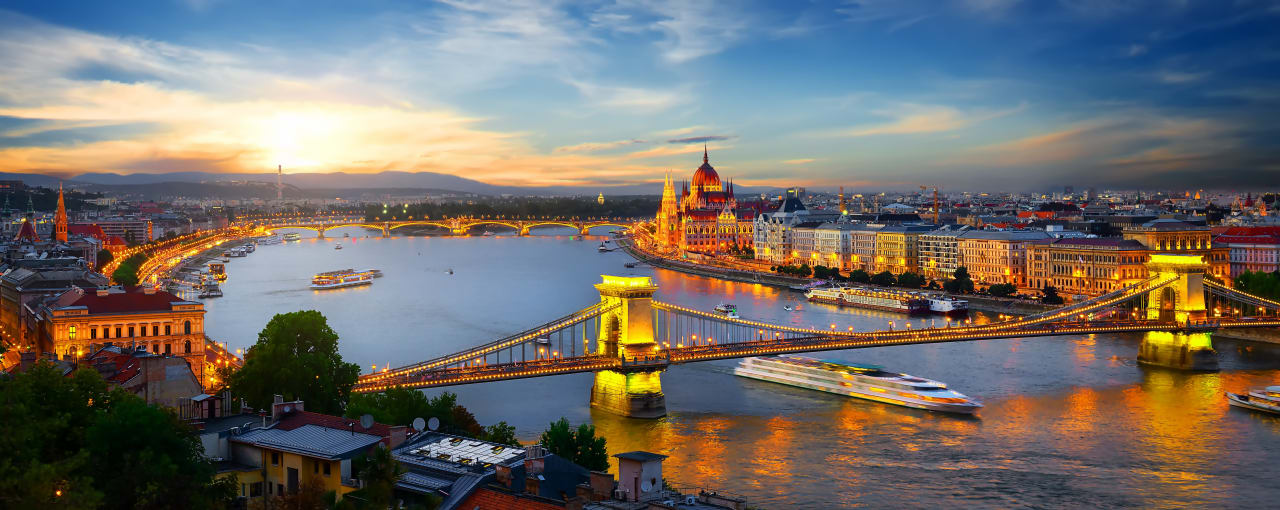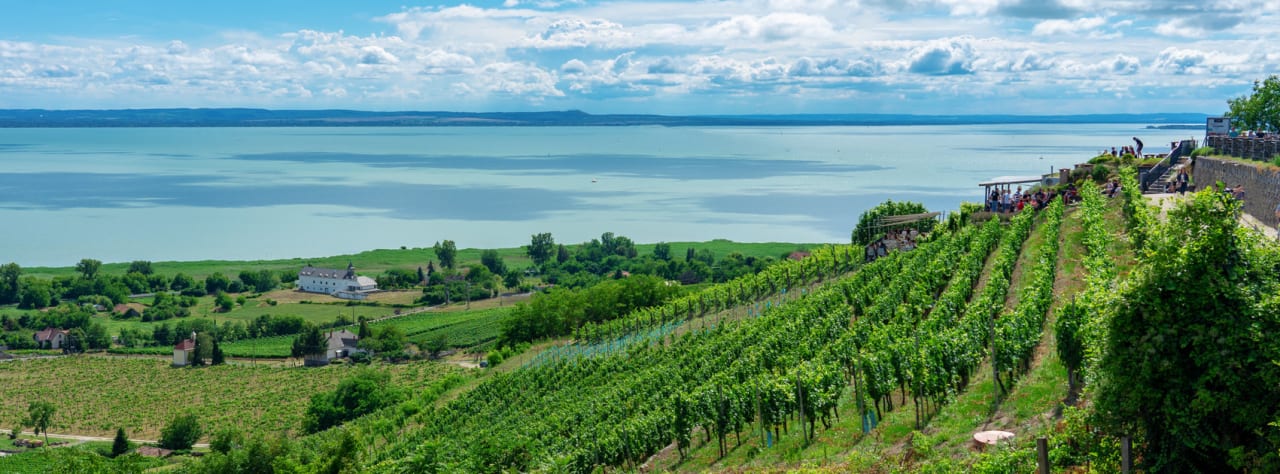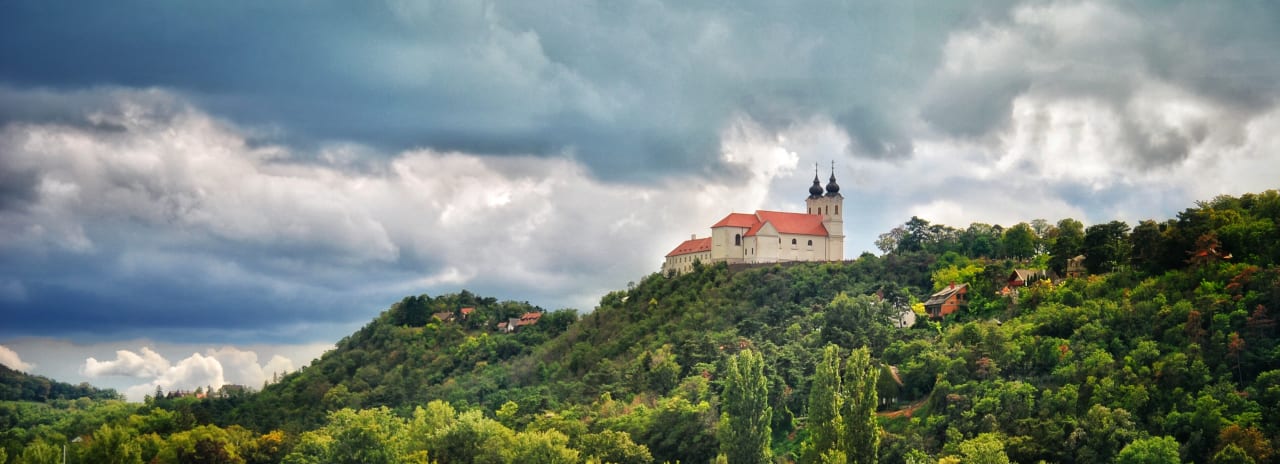Welcome to Pálinka Country…
Hungary has a colorful history and reached the height of its cultural and political power in the 15th century. At the turn of the 18th century it joined Austria to form the Austro-Hungarian Empire, which at the time, was a major European power.
The Empire collapsed after World War I and the subsequent Treaty of Trianon established the present-day borders of Hungary. Because of this treaty, 71% of its territory was lost, along with 58% of its population and 32% of ethnic Hungarians.

Hungary is a developed country and its citizens enjoy universal healthcare and tuition-free secondary education. Their cultural history includes significant contributions in the areas of the arts, music, literature, sports, science and technology.
Hungary is also a very popular tourist destination. Attractions such as the largest thermal water cave system in the world, the second largest thermal lake, the largest lake in central Europe and the largest natural grasslands in Europe attract visitors from all over the world. In 2017 alone, Hungary was a tourist destination for almost 16 million international visitors.
Hungary has a temperate seasonal climate with typically warm summers with low humidity but frequent rain showers to cold and snowy winters. Average annual temperatures hover around 50 degrees.

Hungary is a parliamentary, representative democratic republic. Its education system is approximately 50% ecclesiastic, 50% public and run by its Ministry of Education. It also has a universal healthcare system financed by government national health insurance.
Hungary is home to the largest synagogue in Europe—The Great Synagogue in Budapest—which was built in 1859 and has a capacity of 3000 people.
Hungary is also noted for its folk art. They have old-style dances that date back to the Middle Ages as well as various circle dances and solo dances for both men and women. Flowers and leaves are the primary themes for decorations and Hungary is famous for its textiles that encompass a variety of styles. Embroidery motifs that are used for women’s clothing are often duplicated for tablecloths and runners as well as for wall decorations.

Hungarian music consists mainly of traditional Hungarian folk music and music by prominent composers such as Liszt and Bartók.
Hungarian cuisine is legendary with its world-famous Goulash being featured prominently on most restaurant menus. Hungary also has the distinction of innovating the spice paprika, obtained from a special type of pepper, as a flavoring of choice for many dishes. Other notable and popular foods from Hungary include their famous Dobos Cakes, strudels, Gundel pancake and plum dumplings.
Hungary is also home to Herend Porcelain, one of the largest ceramic factories in the world, specializing in luxury hand-painted and gilded porcelain pieces.